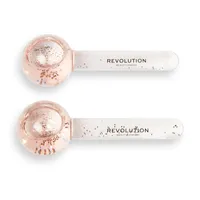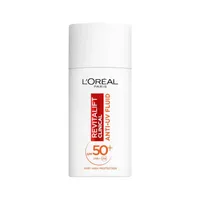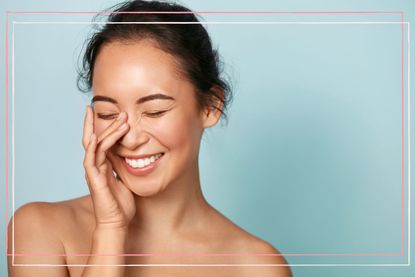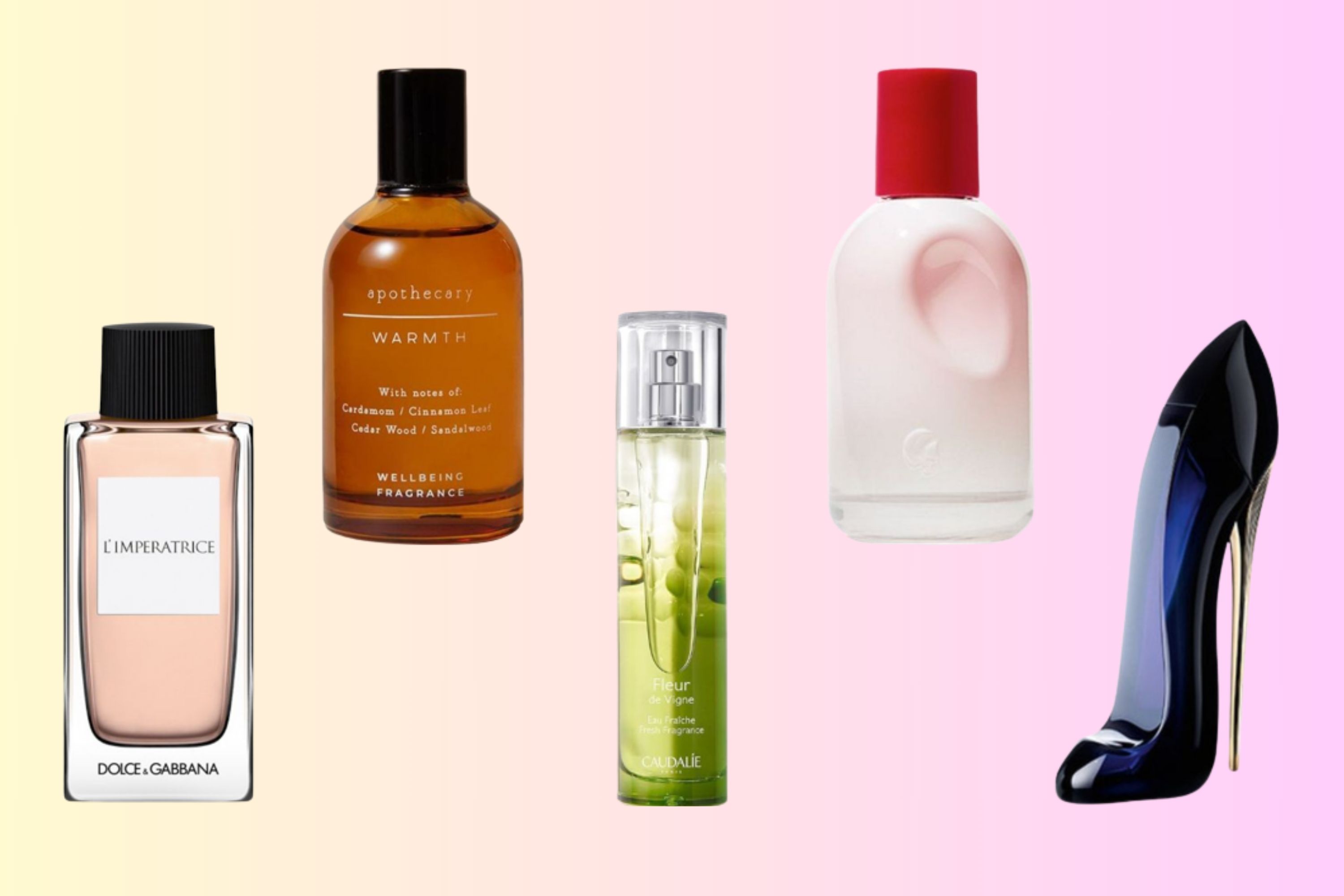How to get rid of dark circles under eyes: You can't, but these 7 tips will help you look wide awake - even when the kids have kept you up all night
Parents everywhere want to know how to get rid of dark circles - raising children is exhausting, after all
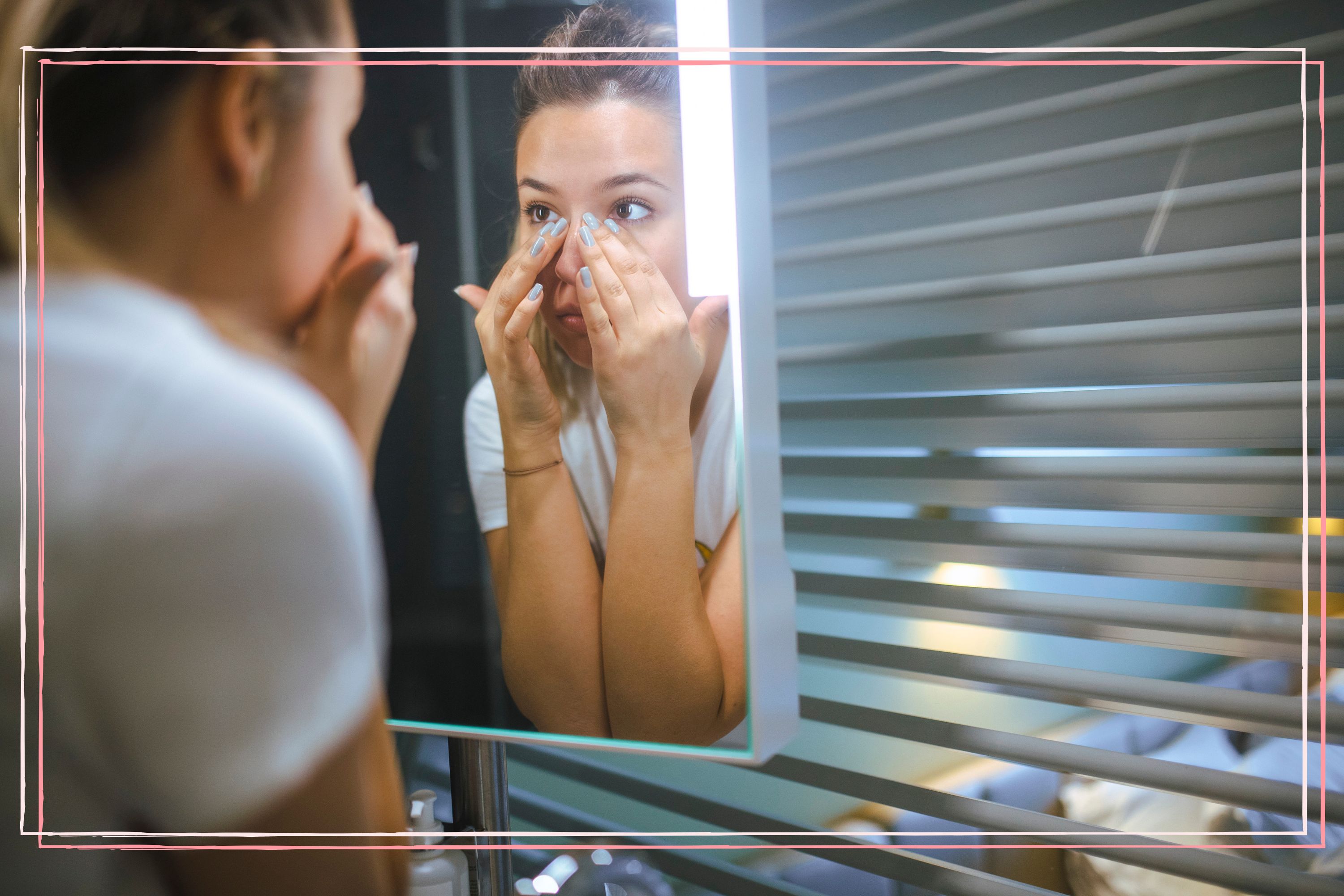

If you've looked in the mirror recently and wondered how to get rid of dark circles under your eyes, you're not the only one. Let's be honest, you can't completely eradicate them, but there are a few steps you can take to look fresh faced.
Between night feeds and nappy changes or, if you've got older kids, the school run and various kids clubs, getting a full eight hours of sleep as a parent is pretty much unheard of. Raising a tiny human is an exhausting task and while no one should feel the pressure to look their best, dealing with a lack of sleep can leave you searching for ways to look less tired, just so you feel like you have an ounce of control over your life.
And one of the areas that are often a beauty fanatic's bugbear is the under eyes. Unfortunately, there's no one-fix-all solution - dark circles are a perfectly normal occurrence and for many, they're genetic. Sure, you can apply one of the best eye creams for dark circles, and change the lifestyle factors that might be exacerbating the problem, but tiredness and poor health don't cause dark circles, they just make them worse. The good news, however, is that there are plenty of ways you can reduce the appearance of under-eye bags. We've spoken to the experts, and they've explained the best ways to get rid of dark circles - even when a decent night's sleep is off the cards...
How to get rid of dark circles under eyes
1. Eat a balanced vitamin rich diet
An anti-inflammatory diet, packed with fresh fruit and vegetables, whole grains, protein and healthy fats, should help to get rid of dark circles. These foods have proven benefits in boosting oxygen circulation around the whole body - including the skin - and lessening the appearance of dark circles.
Foods that are rich in carotenoids such as beta-carotene are widely thought to be the best at improving the appearance of dark circles. This is because the body converts carotenoids into vitamin A, which is hailed for its anti-ageing properties. A 2019 study published in the journal Antioxidants found that carotenoids can also help protect skin from environmental factors like pollution and UV radiation, which can also affect skin health and appearance.
Brightly coloured fruits and vegetables like spinach, kale, corn, bell peppers, tomatoes, watermelon, pink grapefruit, cantaloupe, broccoli, and carrots all contain carotenoids.
Take a look at our list of 50 healthy family meals for inspiration, or, if you're pushed for time in between the school run, taking your kids to their favourite clubs and all the other balls you're juggling as a parent, these 15-minute meals might help you out.
2. Cut the caffeine
Just like what you eat can help to get rid of dark circles, changing what you drink can have an impact too. In bad news for coffee lovers, drinking three to four cups of coffee per day could be contributing to under-eye bags.
Parenting advice, hot topics, best buys and family finance tips delivered straight to your inbox.
A study in the Human Brain Mapping journal found that when we overload on caffeine, adrenaline is released and the body goes into 'fight or flight' mode, because it believes we're in danger. During this time, blood vessels in the skin constrict. While the point of this is to protect the brain, heart and lungs, it will only make those dark circles darker.
If you're a busy parent, chances are the idea of giving up coffee isn't going to appeal to you. You could cut back gradually, by having one less cup a day to start off with or try alternatives that contain less caffeine, such as green tea, matcha, or good old English breakfast tea.
3. Avoid alcohol
Similarly to caffeine, one glass of wine is fine, but any more and you might be exacerbating your dark circles. Dr. John Floras, director of cardiology research at the Peter Munk Cardiac Centre, explains: "Two or more drinks would seem to turn on systems that stress the circulation. If these actions are repeated frequently because of high alcohol consumption, these effects may expose individuals to a higher risk of heart attacks, stroke or chronic high blood pressure.”
Parenting can be stressful, so we don't blame you if you like a glass of wine or two at the end of a stressful day but, if you want to mitigate the effects and get rid of dark circles, try one of the best non-alcoholic wines instead.
4. Adopt a good skincare routine
A good skincare routine is essential to get rid of dark circles and bags under the eyes, while also warding off acne, reducing preventable signs of ageing, and generally keeping skin happy and healthy.
Along with the essentials, such as a moisturiser that includes SPF or sunscreen for your face, there are additions you can make to your skincare routine to beat dark circles, such as eye cream or serum.
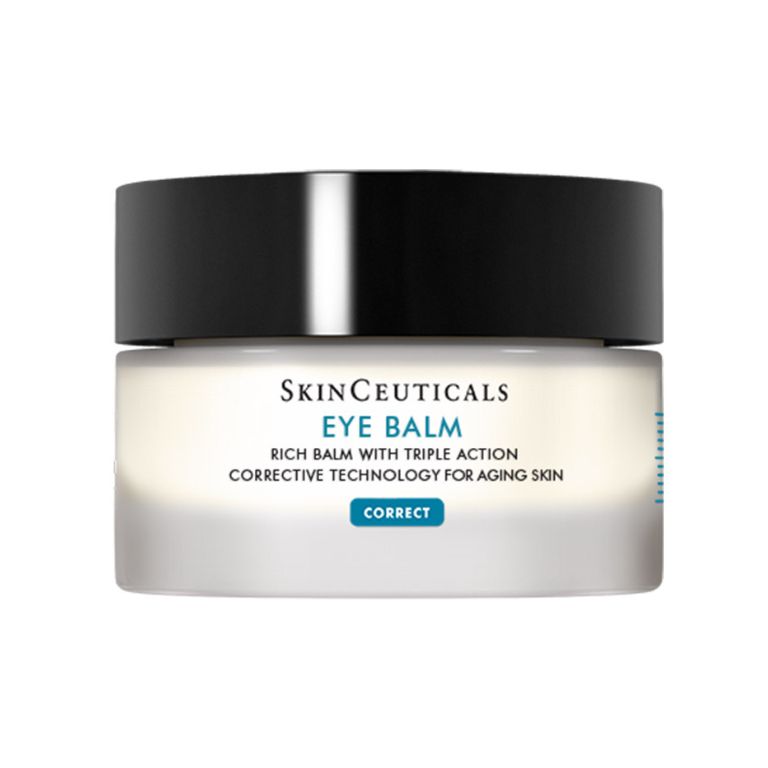
Formulated for dry ageing skin, this eyelid moisturiser is designed to improve the appearance of age-related damage around the eye area such as fine lines, wrinkles, and laxity. Dermatologist Dr. Shaaira Nasir recommends this product, explaining: "It's a rich, hydrating cream that is enriched with Vitamin E, Silymarin, and Aloe Vera and reduces the appearance of puffiness. It targets age-related damage around the eye and helps to keep skin hydrated and looking firm."

This antioxidant-rich treatment delivers rejuvenating and anti-ageing benefits, whilst defending against the damaging effects of environmental aggressors. Dr. Nasir says: "Another excellent anti-ageing option is Medik8 C-Tetra Eye, which is a gentle yet powerful serum designed to smooth fine lines and wrinkles around the eye area making the skin appear fresh and rejuvenated."
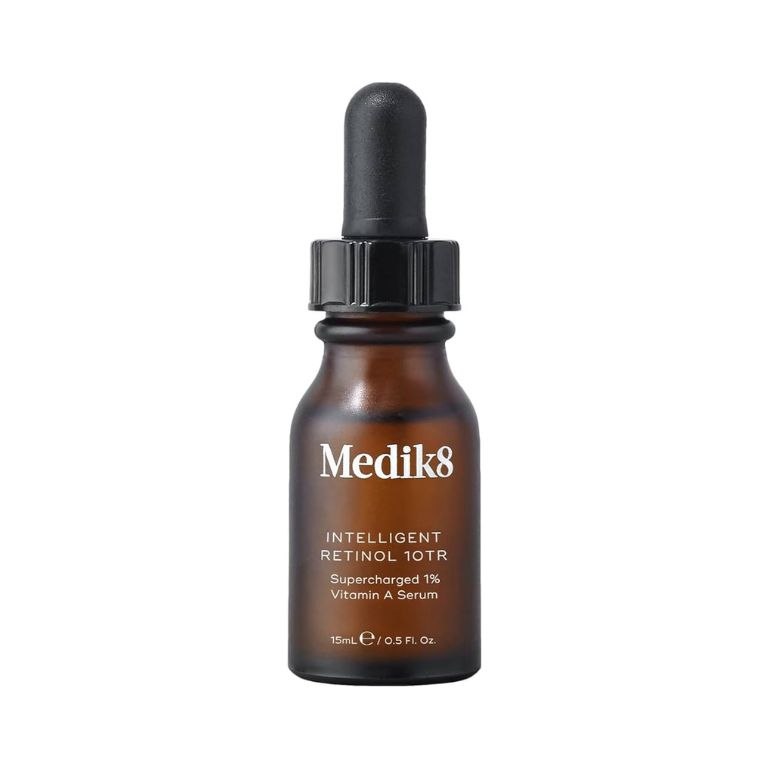
Dr Nasir recommends another Medik8 product, explaining: "Retinol is generally regarded to be the most effective anti-ageing ingredient." This option is a fast-absorbing anti-ageing serum that tackles fine lines, wrinkles and dullness. "With 0.3% retinol, it is the ideal product if you haven’t used this ingredient on your skin before and want to test it out."
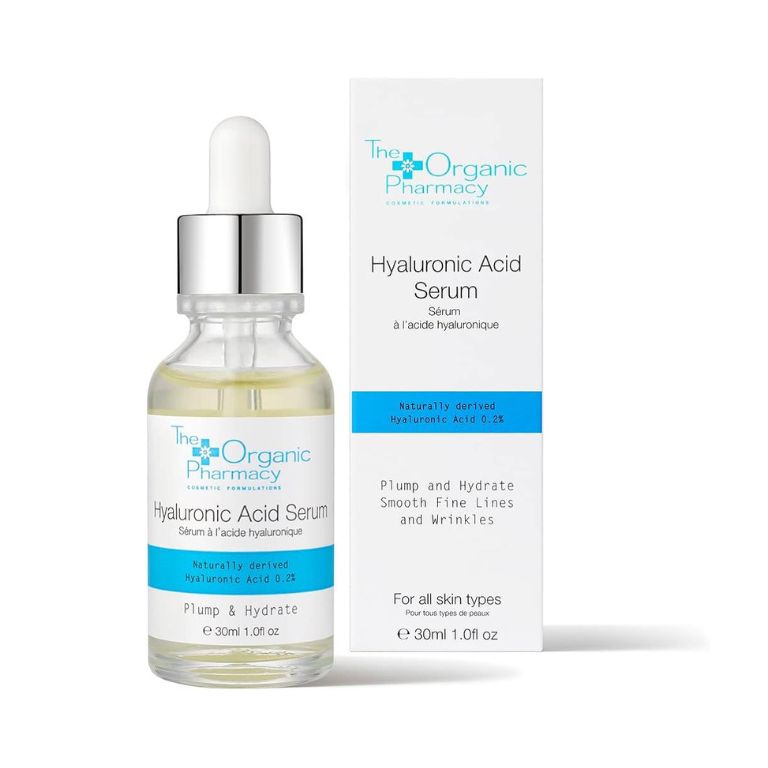
"For a product that plumps and smooths, try The Organic Pharmacy Hyaluronic Acid Serum," says Dr. Nasir. "It's clinically proven to increase the skin's moisture levels, leaving it soft and smooth, and with visibly reduced lines and wrinkles. It also features 0.2 per cent hyaluronic acid to boost the skin's natural protective barrier and lock in moisture for longer."
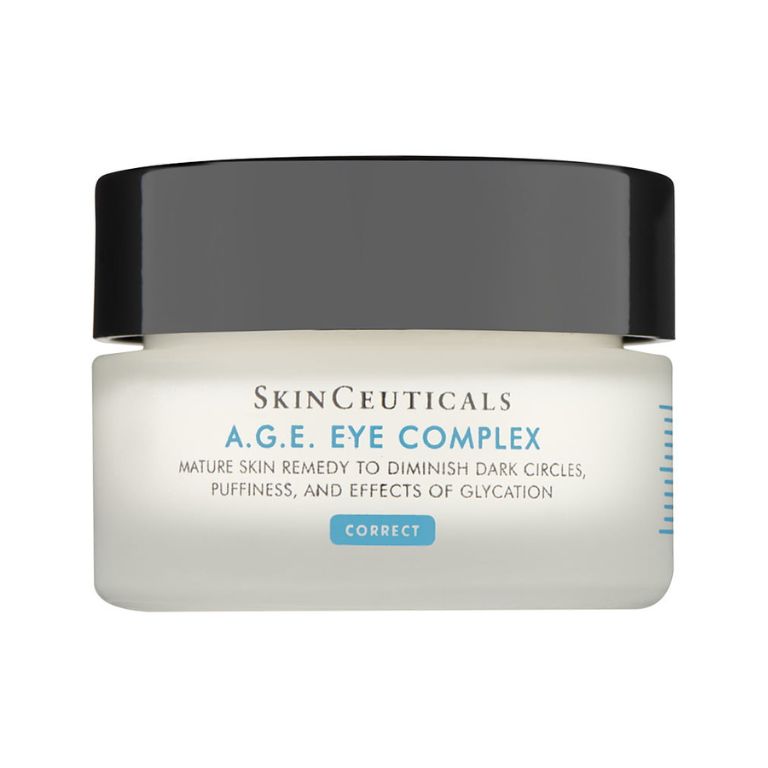
Dermatologist Dr. Mary Sommerlad recommends products with brightening ingredients, such as kojic acid, Vitamin A and Vitamin C. "My favourite product at the moment is Skinceuticals A.G.E Eye Complex, which is an eye cream for dark circles. It has optical diffusers which disguise under eye darkness and rejuvenate dull, tired-looking skin.”

Looking for a more affordable option? This offering from Nip+Fab is designed for the delicate skin surrounding the eyes. It's high-performance formula softens the look of fine lines, while bakuchiol helps visibly smooth and plump the skin and vitamin C minimises the appearance of dark under-eye circles.
5. Ice globes
Drrinking more water has numerous health and beauty benefits, and helping to reduce the appearance of dark circles is just one of them. But as well as this, topically applying cold water (by putting it directly on the skin) can help. In particular, ice can depuff your eyes due to its anti-inflammatory nature - as shown by a 2017 study published in Frontiers in Physiology.
But if you don't fancy holding rapidly melting ice cubes up to your face, you could try ice globes instead. These beauty tools should be placed in the fridge before use to make sure they're adequately cool, before applying a facial oil or serum and massaging it into the skin using the globes.
Revolution Beauty Pink Glitter Ice Globes - £12 at Look Fantastic
Indulge in an at-home spa experience with Revolution Skincare’s Pink Glitter Ice Globes. The cooling facial tool helps to massage the skin and minimise the appearance of puffiness, all while encouraging a radiant look.
6. Chemical peel
A chemical peel is a non-surgical procedure in which a chemical solution is applied to the skin to remove the top layers. It's a professional treatment and, as the NHS explains, chemical peels in the UK cost about £60 to £100 for mild peels, while deeper peels may cost more than £500.
Aesthetic practitioner Genevieve Knodell explains that this procedure contains particular acids that can help with sun damage and strengthen the skin around the eyes. She advises: "Opt for specific peels designed to treat the delicate eye area that will deliver brighter, more even skin tone, and reduce the appearance of dark circles, fine lines and instantly refresh the concerned area. The fewer layers of pigment in the skin the lighter it will become. So, by stimulating cell turnover and peeling away the dead damaged layers to reveal new skin, it will help even skin tone and lighten pigment to a degree."
Having a chemical peel is usually safe if it's done by an experienced and suitably qualified practitioner, and you should check the person doing your chemical peel is on a register to show they meet set standards.
You should book a consultation with the practitioner before you have the procedure to ask about any possible risks or side effects, what type of peel they recommend, what you need to know about aftercare and what insurance cover they have.
7. Tear trough filler
"Dark circles under the eyes can sometimes be due to loss of volume under the eyes and this can be corrected by under-eye filler also known as tear-trough filler." Dr Nasir tells us. "This will plump up the area under the eye by reducing the shadow effect caused by hollowness, and will reduce the appearance of fine lines under the eyes - making the eye area look more hydrated. The treatment lasts up to 18 months and costs around £390."
It's a minimally invasive procedure, but, as with the chemical peel, you should always consult a skin specialist such as a dermatologist before going ahead with the treatment.
What causes dark circles under eyes?
While there are different causes of dark circles, the most common is simply a lack of sleep - something that will be very familiar to parents. It makes the skin appear duller and paler, explains dermatologist Dr. Mary Sommerlad, "meaning dark tissues and blood vessels beneath your skin show more easily."
But genetics could also be to blame, Dr. Shaaira Nasir says. She adds: "Combined with the fact that as we age, we naturally produce less collagen and elastin (which are responsible for the plumpness and elasticity of the skin), it means that the skin around the eyes can start to look tired, regardless of how much sleep you are getting."
If you've got young kids then you're probably not going be getting eight hours regularly any time soon, and ageing is something else we have no control over, meaning getting rid of dark circles completely is just not possible. But there are other factors that can worsen dark circles that you can take control of.
Hyperpigmentation is another possible cause, which can be the result of environmental factors, like sun damage, so make sure you're always applying SPF and investing in one of the best sun creams.
L'Oréal Paris Revitalift Clinical Vitamin C UV Fluid SPF 50+ Moisturiser - £19.99 at Look Fantastic
This vitamin C-rich fluid moisturiser has SPF50+ protection, helping to visibly unify the skin tone, as well as diminish the look of dark spots and fine lines. GoodtoKnow's Beauty Editor, Stephanie Maylor says this is her go-to sunscreen for the face.
Genevieve Knodell tells us, "Dark circles can be caused by hyperpigmentation from sun damage and show up as epidermal pigment around the eye area. It occurs when an excess of melanin is produced by melanocytes, the pigment cells, which are moved up to the skin’s surface. It can also be caused by inflammation, hormonal stress, or other skin injuries. Darker skin tones are more prone to hyperpigmentation, especially with excess sun exposure."
Iron deficiency could also be to blame, as it's a sign that not enough oxygen is reaching the body's tissues. Genevieve adds, "Dark under-eye circles can also be due to the shadowing of deoxygenated blood in the delicate eye area. This area is much thinner and more transparent, and the shadowing can therefore be more apparent." It's for this reason that dark circles are common during pregnancy or menstruation, especially if the person is already struggling with a lack of iron.
Good sources of iron include red meat, beans (such as red kidney beans, edamame beans and chickpeas), nuts, dried fruit, and fortified breakfast cereals. You could also consider taking an iron supplement.
Continue reading

Ellie is GoodtoKnow’s Family News Editor and covers all the latest trends in the parenting world - from relationship advice and baby names to wellbeing and self-care ideas for busy mums. Ellie is also an NCTJ-qualified journalist and has a distinction in MA Magazine Journalism from Nottingham Trent University and a first-class degree in Journalism from Cardiff University. Previously, Ellie has worked with BBC Good Food, The Big Issue, and the Nottingham Post, as well as freelancing as an arts and entertainment writer alongside her studies. When she’s not got her nose in a book, you’ll probably find Ellie jogging around her local park, indulging in an insta-worthy restaurant, or watching Netflix’s newest true crime documentary.
